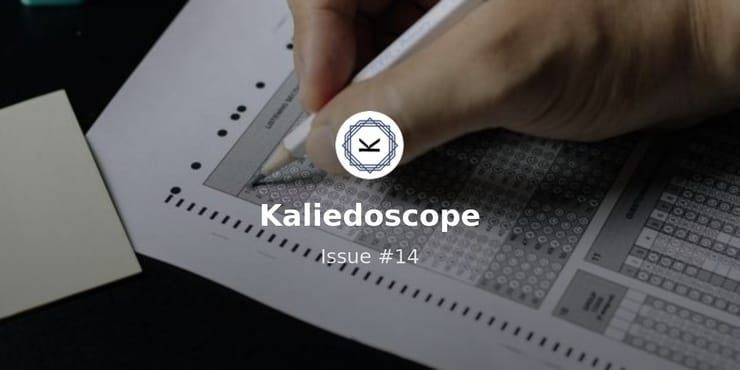- Kaleidoscope
- Posts
- How to read the Economic Survey and Budget?
How to read the Economic Survey and Budget?
Let us put on our reading hat!
How to read the Economic Survey and Budget?

I will be sharing my approach to reading Economic Survey (ES) and Budget.
The skill of reading large documents is a crucial one for students. The Budget and ES, in particular, have valuable content useful in every stage of the UPSC exam. Efforts spent on these will have multi-fold benefits in the long run.
Unfortunately, many aspirants neglect these documents as they consider them to be bulky. Rather they wait for the summary created by coaching Institutes.
20% of efforts lead to 80% of the results - Pareto principle
Some of the reasons why students don't extract the maximum from these documents are:
Reason #1 - We find the documents to be large.
Reason #2 - We procrastinate the task for a future date.
Reason #3 - We read it, but are unable to recall it later.
Reason #4 - We expect to be spoon-fed.
This year, let's try something different. Let us resolve the above issues with some bit of our own effort. Let us see how to overcome the above issues and efficiently read the Budget and ES.
Step 1: Skim through the documents to get a broad idea
This is necessary to train your eyes to be able to identify the important parts of any document.
For example, in Economic Survey, read the introduction and headlines in each chapter. This gives an idea of where to focus your attention.
Step 2: Keep a dateline to complete reading these documents
In a couple of days, many aspirants might shift to preparing for Prelims. In that process, these documents get neglected.
In most of the mock tests for prelims, coaching institutes pick up questions from the ES and Budget. In the past, even UPSC has given questions inspired by the ideas in the Economic Survey.
Step 3: Do a second reading and make your own notes
This is a difficult yet important step. A lot of research goes into making these documents. Reading them by yourself will improve your comprehension skills and confidence levels.
Your own notes will help you to revise and recall. After this step, you can read the coaching material or videos for further clarity.
I wish you all the very best on this intellectually stimulating Journey!
Share your feedback for this post here. (I would love to hear from you!)
——————————————————–
If you liked this, you can check out my previous articles below:

Kaliedoscope - Focusing on improving the inputs and processes will lead to the desired outcome.

Kaliedoscope - To make notes or not to make notes for Current Affairs? An Evergreen Dilemma. What do you do?